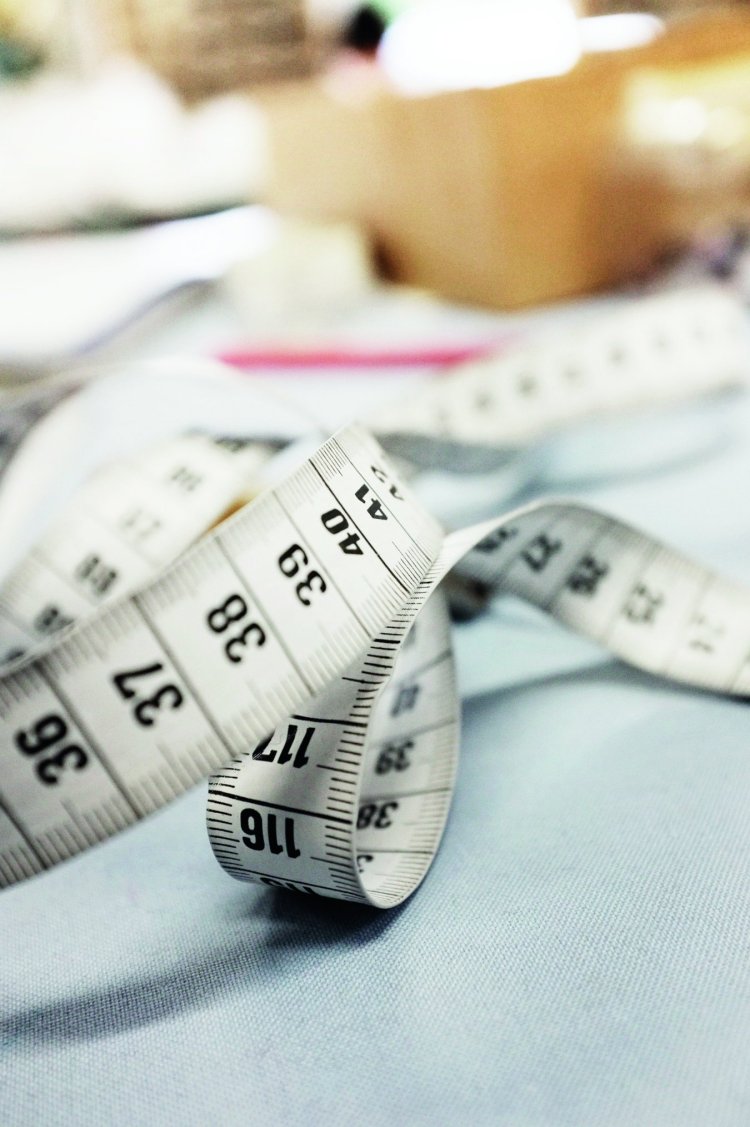This is the view I will enjoy every morning for the next 6 months from the apartment where my partner and I are staying in a small rural village on a hill in the heart of the famous ”Pouilly Fuissé” South Burgundy wine region!
There is a good reason why I am here: it is just inspiring and for me to be able to deliver the accredited Level III perfumery course I have put together, inspiration and quietness were needed… Plus it was just the good opportunity to reconcile with my French roots but above all, to proceed with one of my strong interests: the traditional wine-making process or Terroir wine-making! And I could not find a better place than Pouilly-Fuissé in South Burgundy to look more into how wine and perfume are a ‘Marriage of Principles‘!
” Terroir”- From the French word ‘terre’ (land)*
The concept of terroir is at the base of the French wine ‘Appellation d’origine contrôlée‘ (AOC) system that has been the model for appellation and wine laws across the globe.
‘Terroir’ is originally a French term in wine, coffee and tea used to denote the special characteristics that the geography, geology and climate of a certain place bestowed upon particular produce. Agricultural sites in the same region share similar soil, weather conditions, and farming techniques, which all contribute to the unique qualities of the crop. It can be very loosely translated as “a sense of place,” which is embodied in certain characteristic qualities, the sum of the effects that the local environment has had on the production of the product.
* Source: WikipediaNaturally, I wanted to learn more about similarities between perfume-making and wine-making and in the short 2 weeks since I have arrived in South Burgundy, I had the chance to meet Roger Saumaize, one of the most reputed wine makers and growers of white grapes for Burgundy superior quality wine. He is a practitioner in ‘biodynamic wine‘, a holistic and ecological form of agriculture based on a spiritual/practical philosophy, called ‘anthroposophy‘, which includes understanding the ecological, the energetic, and the spiritual in nature.
I prefer calling the likes of Roger, Natural Winegrowers… And like Natural perfumers, their methods which are basically Ancient and Traditional methods going back centuries are controversial. One of the aspects I learnt about the ‘biodynamics’ principle is that the alcohol in the wine is created just by adding sugar in the grapes! After having crushed and pressed the grapes, the mixture is transferred into a drum and sugar is added. During the fermentation process an every other day, the blend is BEATEN UP with a special stick (bâtonnage process) because the stirring of the fine lees (sediments) remaining in the barrel of unfinished wine enriches the wine flavours and gives it this ‘animalic’, ‘earthy’ taste while ensuring that the fruity aromas are equally present. In other terms, this very traditional and painstaking process is the equivalent of stirring your perfume everyday for several weeks, allowing the sediments of natural essential oils to blend and impregnate the scent before you start the decanting process.
I was stunned when Roger showed us blackboards on the barrels in his cellar in which various acidic levels were written including ‘lactic acid’, an acid derived from milk! Who could have known that this could come from grapes! But then Roger explains that it all comes from the way they treat the soil (the Terroir). Because lactic acid comes from a bacteria and this very bacteria creates the FERMENTATION process! And in biodynamic growing, the focus is not on adding chemical fertilisers but on digging deep in the soil to extract the minerals and bacteria and brings them up to the grapevines who will ‘feed’ and ‘grow’ organically.
 Another similarity between wine and perfume-making is adding ‘new’ on top of ‘old’ where the old takes over the new. In the traditional Art of perfumery, and because the essential oils can be altered year on year by the quality of the crops, we always keep a good percentage of the old recipe from a fragrance and add the new blend on top of it. This mainly allows for consistency in the smell because the ‘old’ blend that has been sitting for much longer will tend to impose itself over the newly added concentrate.
Another similarity between wine and perfume-making is adding ‘new’ on top of ‘old’ where the old takes over the new. In the traditional Art of perfumery, and because the essential oils can be altered year on year by the quality of the crops, we always keep a good percentage of the old recipe from a fragrance and add the new blend on top of it. This mainly allows for consistency in the smell because the ‘old’ blend that has been sitting for much longer will tend to impose itself over the newly added concentrate.
During my visit in the cellar, I learnt that the white wine-makers are faced with a similar ordeal: how to achieve balance and ensure that the wine does not taste too powerful? New wine is added into old wine barrels! It is worth noting here is that the oak-tree wood from the barrel will also exude into the wine and give it its Terroir taste. In traditional perfumery, if you want your perfume to smell woodier or to fix more, one of the method is to let it sit in an oak-tree barrel… This is how a Grand Cru wine can be accomplished. In perfumery, this is how a VINTAGE perfume will be achieved!





Leave a reply to lalunnaturals Cancel reply